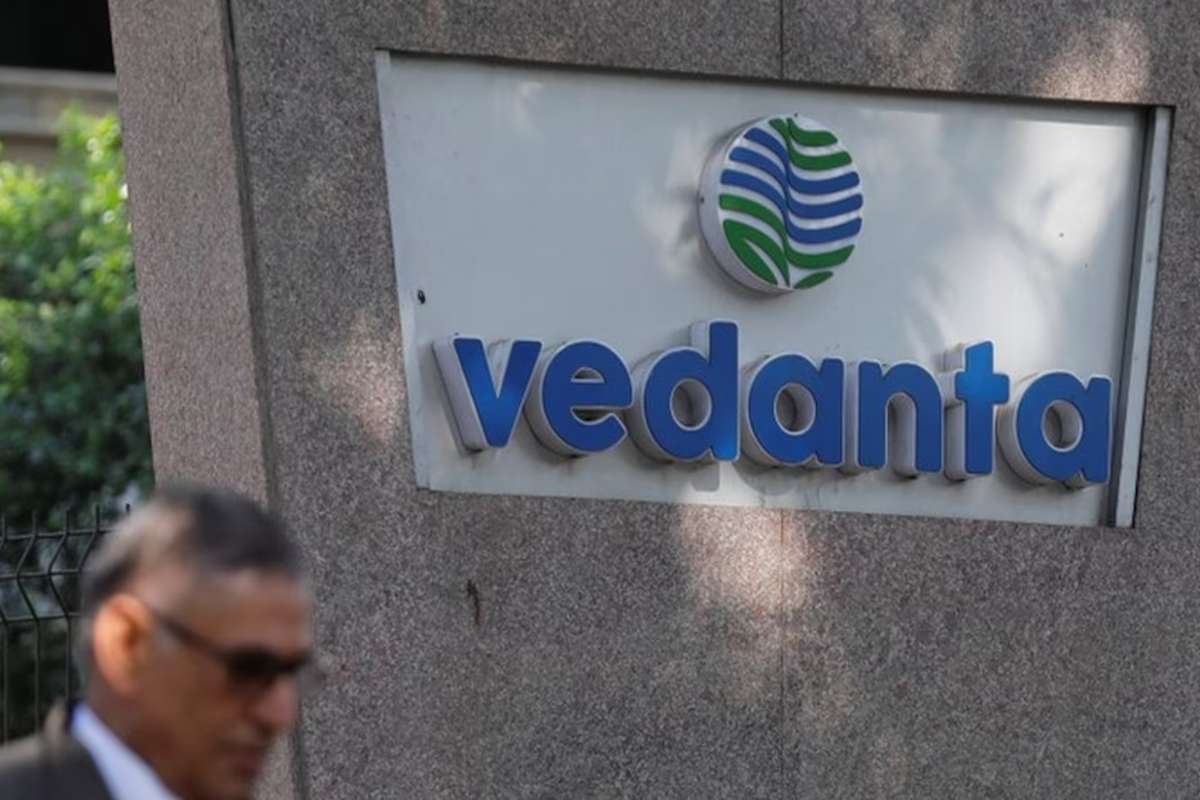Industries use techniques that help to make products more effective. Welding is a fabrication technique used in many industries under which joining materials by melting them is done, these materials are metals or thermoplastics. This method ensures strength and durability. Below are details about the welding process, its types, and advancements in welding technology.
What is the Welding Process?
The process is a fabrication method that joins two or more materials by melting their edges and fusing them with or without the use of filler material. Unlike other joining techniques like soldering and brazing, welding creates a strong, permanent bond.
Types of Welding Processes
There are several welding techniques, each suited for specific applications and materials. Here are some of the most widely used welding processes:
1. Arc Welding
Arc welding uses an electric arc to generate heat and melt the workpieces. It is one of the most common types of welding, offering versatility and efficiency. Popular arc welding methods include:
- Shielded Metal Arc Welding (SMAW): Also known as stick welding, this method uses a flux-coated electrode to create the weld.
- Gas Metal Arc Welding (GMAW/MIG): This process uses a wire electrode and a shielding gas, making it suitable for high-speed welding applications.
- Flux-Cored Arc Welding (FCAW): Similar to MIG welding but uses a tubular wire filled with flux for enhanced performance.
- Gas Tungsten Arc Welding (GTAW/TIG): A precise method that employs a tungsten electrode and inert gas, commonly used for thin materials and non-ferrous metals.
2. Gas Welding
Gas welding, particularly oxy-acetylene welding, involves burning a mixture of oxygen and acetylene gas to produce a high-temperature flame that melts the workpieces. It is commonly used in repair work and metal cutting.
3. Resistance Welding
This method generates heat by passing electrical current through the workpieces. The main types of resistance welding include:
- Spot Welding: Used extensively in the automotive industry for joining thin metal sheets.
- Seam Welding: A continuous welding technique for producing leak-proof joints.
- Projection Welding: Ideal for welding nuts, bolts, and other fasteners.
4. Laser Welding
Laser welding utilizes a concentrated beam of light to create precise and high-quality welds. It is widely used in the automotive, aerospace, and medical device industries.
5. Ultrasonic Welding
A solid-state welding process that uses high-frequency vibrations to generate heat and bond materials. It is commonly used for joining plastics and delicate electronic components.
Key Components of the Welding Process

To ensure a successful process, several key elements must be considered:
1. Heat Source
The heat required for welding is generated through electricity (arc welding), gas combustion (gas welding), or laser technology (laser welding).
2. Filler Material
Filler metals are often used to strengthen the welded joint, particularly in processes like MIG and TIG welding.
3. Shielding Gas
Many welding processes require shielding gases like argon, helium, or carbon dioxide to protect the weld pool from atmospheric contamination.
4. Welding Equipment
Welding machines, electrodes, torches, and protective gear such as helmets, gloves, and jackets are essential for safe and efficient welding operations.
Applications of the Welding Process
The welding is vital across numerous industries, including:
1. Construction and Infrastructure
Welding is widely used in the construction of bridges, buildings, pipelines, and offshore structures, ensuring structural integrity and strength.
2. Automotive Industry
Car manufacturers rely on welding for assembling vehicle bodies, frames, and exhaust systems using techniques like robotic MIG welding and resistance spot welding.
3. Aerospace Engineering
Aircraft and spacecraft require precise welding techniques such as laser welding and electron beam welding to create lightweight, durable structures.
4. Shipbuilding
Welding plays a crucial role in shipbuilding by joining large metal plates and ensuring the vessel’s strength and waterproofing.
5. Manufacturing and Industrial Fabrication
Heavy machinery, appliances, and industrial equipment depend on various welding techniques to create robust, long-lasting components.
Advantages of the Welding Process

The welding process offers several advantages over other joining methods:
- Strong and Durable Joints: Welded connections are often stronger than the base materials.
- Versatility: Applicable to various metals and materials, including steel, aluminum, and plastics.
- Cost-Effectiveness: Reduces the need for additional fasteners, adhesives, or mechanical joining methods.
- Automation Potential: Modern welding processes can be automated for increased efficiency and precision.
Challenges and Safety Considerations
Despite its benefits, the welding process also presents challenges:
1. Welding Defects
Common defects include porosity, cracks, and incomplete fusion, which can weaken the weld joint.
2. Safety Hazards
Welding involves high temperatures, UV radiation, and toxic fumes, making proper safety precautions essential. Welders must wear protective gear and ensure proper ventilation.
3. Skill Requirements
Certain welding methods, like TIG welding, require skilled operators to achieve high-quality results.
Future Trends in Welding Technology
As industries evolve, so does the welding process. Emerging trends include:
1. Robotic and Automated Welding

Robotic welding is becoming increasingly common in automotive and industrial manufacturing, improving speed, consistency, and precision.
2. Advanced Welding Materials
New filler materials and coatings are being developed to enhance weld strength and durability, particularly for high-performance applications.
3. Augmented Reality (AR) in Welding Training
AR-based training programs are being introduced to help welders practice in a virtual environment before working on real projects.
4. Eco-Friendly Welding Practices
Green welding initiatives focus on reducing emissions, energy consumption, and the use of hazardous materials.
Conclusion
The welding process is a must-have technique in the modern manufacturing and construction sectors. This technique ensures the creation of strong and durable structures across various industries. The process of welding is becoming more improved, efficient, and environmentally friendly with continuous advancement in technology. In industries such as aerospace, automotive, or heavy industries, the welding process is an essential technique in the field of engineering and infrastructure.







